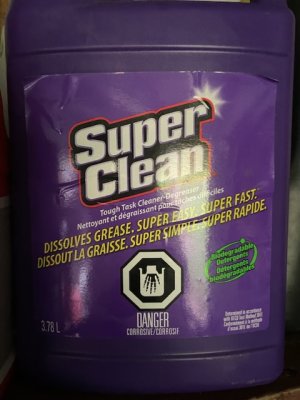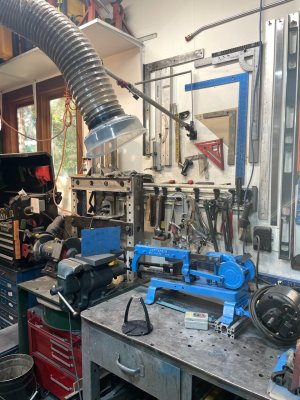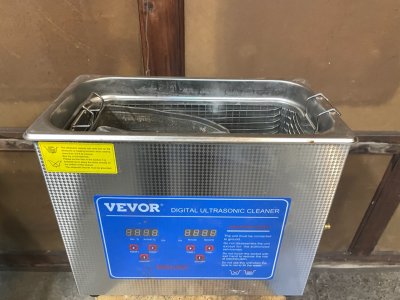Hey @thestelster , I couldn't help myself. I ran some numbers holding everything constant except the bore parameters and adjusting powder charge to maintain the 60,000 psi SAAMI standard.
First I began by adjusting the powder charge to achieve the 60,000 psi SAAMI specification with a fixed case, Sierra 168gr HPBT Match bullet, seating depth, and primer. It happened that it took 43.5gr of 8208XBR powder to calculate a piezo SAMMI chamber pressure of 60,000 psi. The resulting MV was 2757 fps.
Then I reduced the bore and rifling per your specs and as expected, the pressure exceeded 60,000 psi. So I reduced the powder charge to 43.4 gr to get the 60ksi SAMMI max again. But contrary to expectations, this actually reduced MV a scootch to 2755. Basically an insignificant difference in the real world, or a nice SD for those who like that. But it is a calculated result that is usually directionally correct so somewhat more meaningful.
So I did a little additional research.
It turns out that Sierra makes 168gr HPBT Matchkings for both 7mm and 308. So I took a quick look at their reloading tables for both the 308 and the 7mm-08. Turns out for the same powders, the 308 turns out consistently higher velocity across all powders. They are both listed for the same primer, barrel length, rifle make, and case manufacturer. Of course, we all know that one column in a reloading table is virtually meaningless in the real world. I think we can also agree that the higher initial velocity of the 308 will be lost to the higher BC of the 7mm over long distances.
Lots of questions, but thought you would be interested too. Feel free to ask me to run scenarios for you.
First I began by adjusting the powder charge to achieve the 60,000 psi SAAMI specification with a fixed case, Sierra 168gr HPBT Match bullet, seating depth, and primer. It happened that it took 43.5gr of 8208XBR powder to calculate a piezo SAMMI chamber pressure of 60,000 psi. The resulting MV was 2757 fps.
Then I reduced the bore and rifling per your specs and as expected, the pressure exceeded 60,000 psi. So I reduced the powder charge to 43.4 gr to get the 60ksi SAMMI max again. But contrary to expectations, this actually reduced MV a scootch to 2755. Basically an insignificant difference in the real world, or a nice SD for those who like that. But it is a calculated result that is usually directionally correct so somewhat more meaningful.
So I did a little additional research.
It turns out that Sierra makes 168gr HPBT Matchkings for both 7mm and 308. So I took a quick look at their reloading tables for both the 308 and the 7mm-08. Turns out for the same powders, the 308 turns out consistently higher velocity across all powders. They are both listed for the same primer, barrel length, rifle make, and case manufacturer. Of course, we all know that one column in a reloading table is virtually meaningless in the real world. I think we can also agree that the higher initial velocity of the 308 will be lost to the higher BC of the 7mm over long distances.
Lots of questions, but thought you would be interested too. Feel free to ask me to run scenarios for you.





